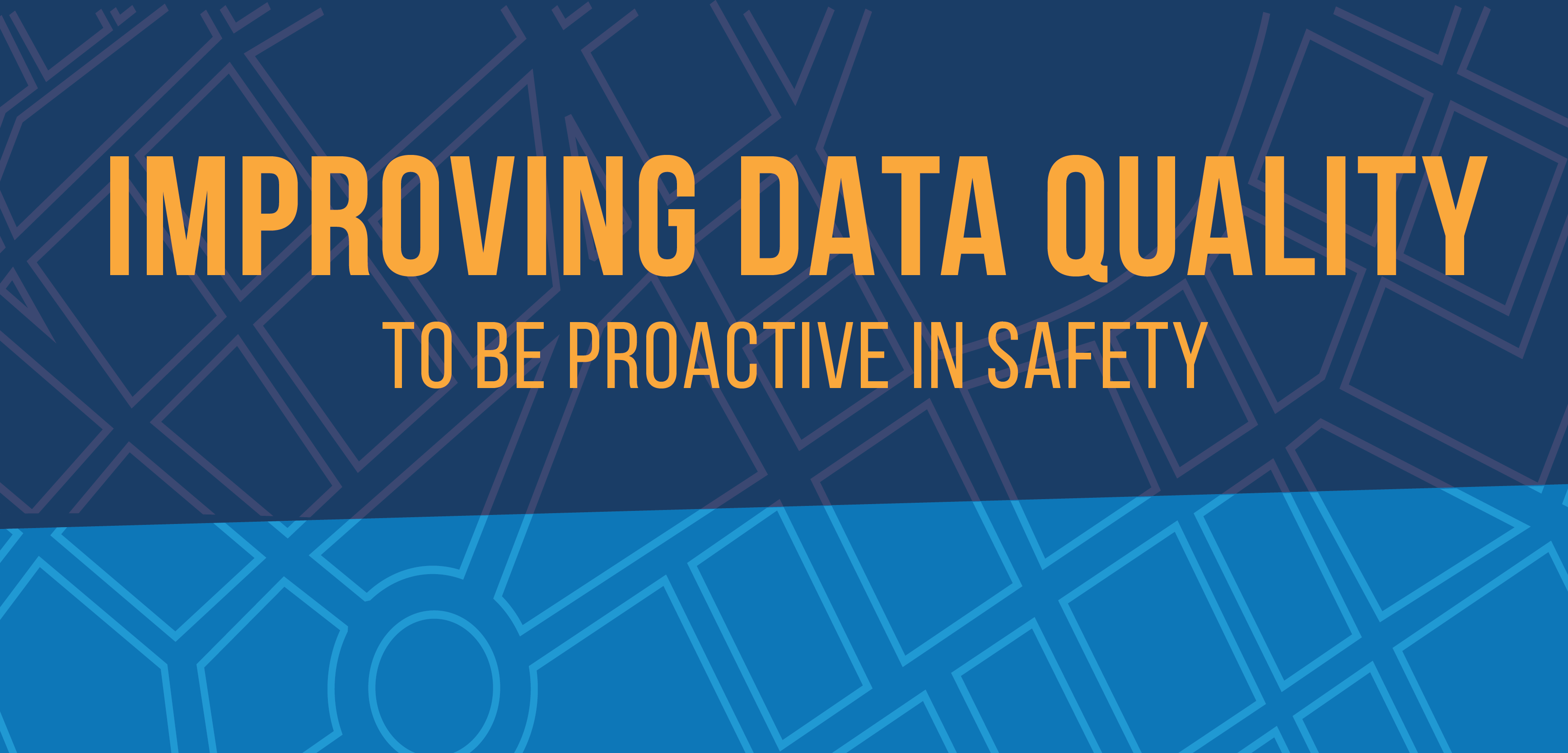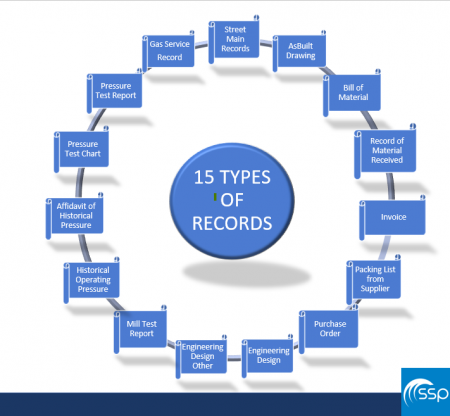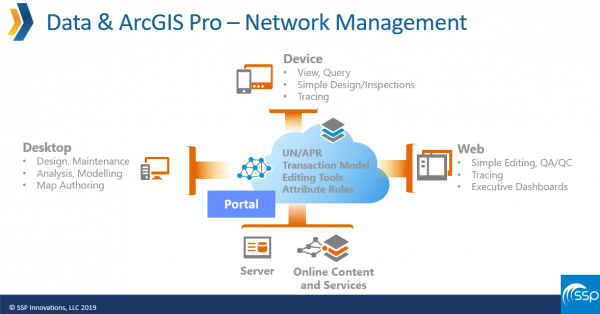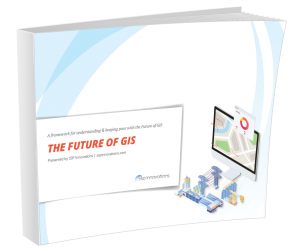We are fortunate to live in a time when safety has become the number one priority for utilities around the world. In my experience as a contractor, core employee and consultant for pipeline and electric utilities, I have witnessed genuine commitment to ensuring that everyone who comes to work goes home in the same or better condition than when they arrived. This type of philosophy nurtures personal involvement in the protection of employees and citizens. But our infrastructure continues to age and continues to be relied upon with demands that exceed its original design and operating capacity. There is a need to modernize data governance practices, identify, establish and maintain systems of record, improve communication between companies and internal business units, accurately represent spatial utility assets, and standardize processes for every step of a utility project or work request. Updated regulations for transmission pipelines are now official with the gas Mega Rule and will continue to be rolled out in the United States over the next few years. While compliance with regulatory standards is vital, ownership of personal responsibility for safety will elevate any organization above and beyond meeting just the minimum regulatory requirements. SSP Innovations has worked with utilities like Memphis Light, Gas & Water (MLGW) to get ahead of the curve for existing and future regulations and perpetuate confidence in the safety and reliability of our infrastructure.
MLGW started early in preparation of the new regulations to establish an enterprise GIS repository, enabling company wide access to records necessary for critical calculations like Maximum Allowable Operating Pressure (MAOP). An extensive project was completed to scan data from over 400,000 hard-copy documents, film, fiche, etc. into a single database that was then integrated with GIS establishing GIS as the System of Record for MAOP. These records are derived from As-Builts, Pressure Test Charts and Reports, Mill Test Reports, Bills of Material, Invoices, and other sources containing information pertaining to MAOP.
Just as there many types of data records, there are also many locations for data storage. There were approximately 230 MLGW locations that include unused properties, offices, storerooms, service centers, former properties, and other places where critical records may be stored. Within these locations are multiple formats for data storage consisting of paper records and maps, film and fiche, spools, etc. Data that is spread out over multiple locations and formats is problematic for business units that are unable to locate or access essential data for regulatory reporting or day to day functionality. Further, different business units often consume data thought to be the same, but stored in different locations. Upon comparison of the data, however, discrepancies are frequently discovered, creating a need for data validation. An effective System of Engagement is necessary to initiate a truly operative System of Record. That is to say, business units need to be made aware of all data available to an organization through a consistent and followed process of interdepartmental communication.
The ability to see historical operating pressure data and the related TVC documents in relation to High Consequence Areas, Class Locations and Department of Transportation zones is imperative for the safe operation of a pipeline utility. Designed solely for gas pipeline utilities, the Utility Pipeline Data Model (UPDM) is a database that integrates clean and accurate data from multiple sources into a single repository that can provide daily updates and regulatory reports for MAOP, Transmission Integrity Management (TIMP) and Distribution Integrity Management (DIMP), to name a few. Esri licensed widgets and models, developed at low cost per regulatory code, specifically for the operator, are also available for out of the box functions. From mobile leak survey, query, design and tracing applications to desktop modeling and analysis to web-based editing and executive dashboards, the UPDM and Esri technology is the vessel to guide utilities into the future while adapting to ever changing needs and regulations.
Taking a step deeper into UPDM, this data model template is congruent with the present-day industry standard and can grow into future models, tools and Esri’s Utility Network capabilities. As MLGW evaluated data models, the selection of UPDM was driven based on it being an industry standard and knowing that the system plus data granularity could continue to evolve from the migration. We knew that a key advantage of the UPDM is the ability to model all of the features of an assembly in a container view. For example, a regulating station that used to appear as a tiny point on a map can now be represented in a container view to display assets like valves, filters, flanges, elbows, reducers, and any other gas carrying components that were formerly unknown. Directional flow from high side to low side can also be represented. This capability makes establishing system operating pressure far easier when MAOP is known for all assets in a gas system, which makes regulatory reporting less cumbersome, which in turn makes a utility safer and more efficient.
Obviously, a transition to the UN is a major endeavor that is not to be taken halfheartedly. To get there, SSP’s Utility Network Advantage Program (UNAP) was borne from the necessity to navigate this migration from the pre-conceptual level to post implementation. The UNAP works in two phases, Strategy and Implementation. During the Strategy phase, our team of utility industry experienced consultants collect information from all business units in an organization that use GIS, are considering using GIS, or that have never known the opportunity that GIS provides. The aggregate information is then consolidated to identify and prioritize goals, gaps and risks to develop an implementation strategy. SSP is an Esri Platinum Partner and our developers have decades of experience in GIS upgrades and implementations using Esri technology. Onsite and remote workshops and meetings are held on at least a weekly basis to ensure strong communication is maintained throughout the process. These meetings provide opportunities to address all questions, concerns, adjustments or any other unforeseen events that may arise. We understand that change is not always welcome, especially when folks are used to the same thing for several years or decades. Organizational Change Management (OCM) is imperative in a major implementation like the UN/UPDM. SSP works with utility leadership and team members to make this transition as painless as possible, with the optimism that the transition will eventually be embraced by all users!
With the finalized mega rule for gas transmission regulations, it makes sense for utilities to modernize their data and ensure that it is accurate and available company wide. MLGW had a head start and has gotten every historical document into the GIS, but imagine being in the same spot having PHMSA and other regulatory reports generated automatically every day from GIS. This functionality goes far beyond convenience; it is a way for utilities to operate in the safest possible manner. This is a way to operate while minimizing risks, improving workflow efficiency and helping to protect utility workers and citizens. Ultimately safety is of the utmost importance not only for the obvious reasons of saving lives, but it is also good for business. Customers want a utility service that they don’t even think about, one that can be trusted to be safe every day. Safety is THE priority and safety is the SSP way.





What do you think?